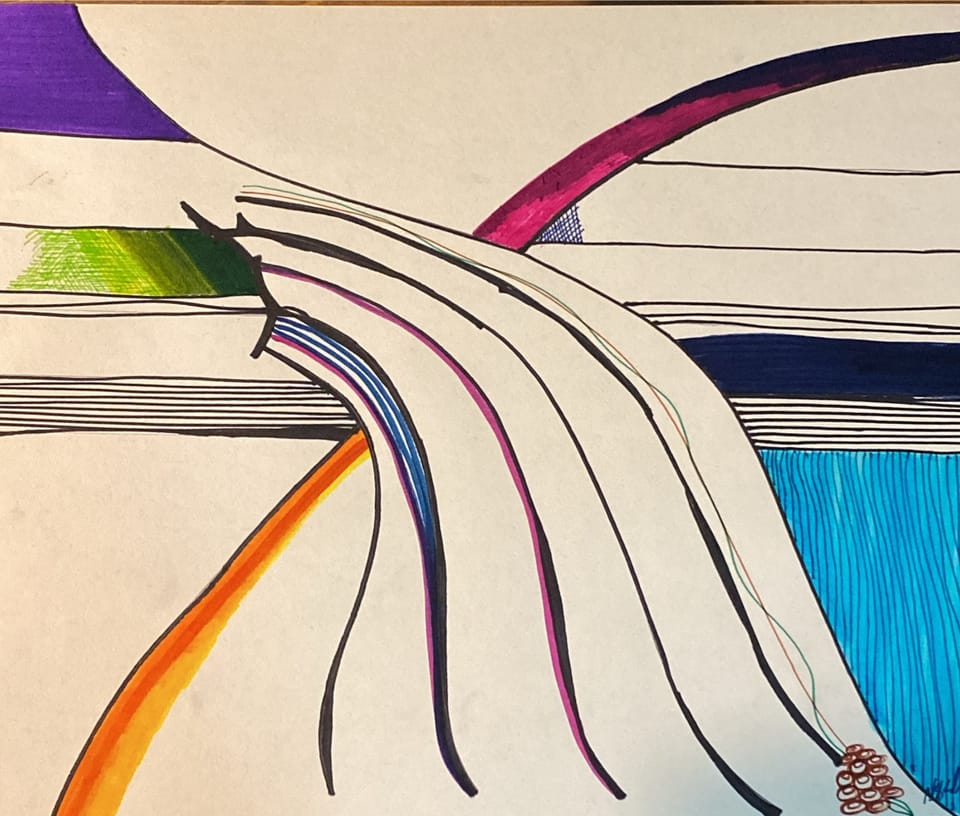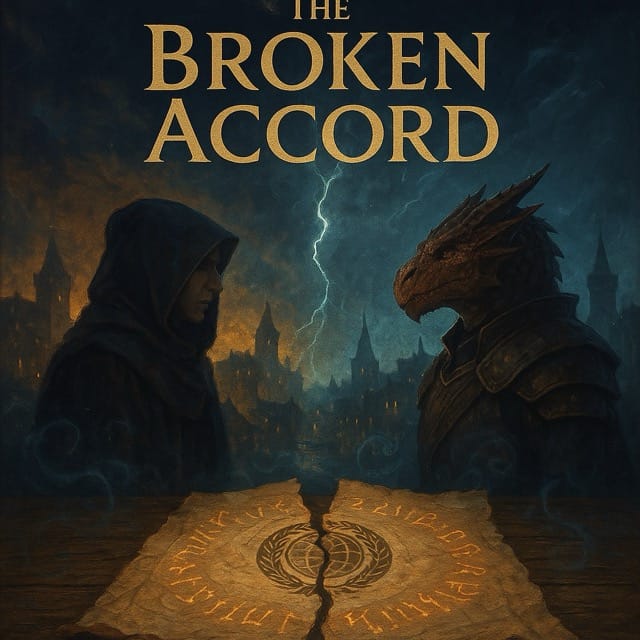Procedural Creative Architecture

Strategic Insights from the NPC Pipeline Revolution
Art Department Strategic Analysis by Vincent Janssen, Creative Director
The Creative Paradigm Shift
Goedemorgen, creative collaborators! Today I'm breaking down the strategic implications of our latest breakthrough in procedural generation—specifically, the architectural decisions that will shape how we scale creative automation across the entire Orbis ecosystem.
Our resident architect N8 has been wrestling with some fascinating questions about the future of our NPC generation pipeline, and his answers reveal a sophisticated understanding of creative scalability that deserves serious analysis from an art direction perspective.
Strategic Decision Framework Analysis
Evolution Over Revolution: The Intelligent Path Forward
The first critical decision point was whether to rebuild our successful Minor Arcana system from scratch or extend it into a universal generator. N8's response demonstrates what I call "creative pragmatism"—"I believe that the current procedure can be adjusted to produce output that will accept a wider variety of input factors. I do not think that rebuilding from new is necessary."
Art Direction Insight: This is exactly the kind of strategic thinking that separates sustainable creative operations from flash-in-the-pan projects. We have a working 6-phase system that successfully generated 52 functional NPCs. Why would we throw away proven architecture? The key is architectural extension, not demolition.
YAML As Creative DNA: The Parameter Philosophy
When discussing input parameters for different generation contexts, N8's preference for YAML reveals deep understanding of our existing infrastructure: "I am predisposed to using yaml as input factors for the procedure as much and as often as I can, particularly as there is an enormous amount of information already invested into the front matter of an overwhelming major of the notes within the vault."
Creative Implication: This isn't just technical efficiency—it's creative continuity. Our YAML frontmatter has become the DNA of our creative universe. Every note, every character, every location already speaks this language. Building on this foundation means our procedural generation isn't creating isolated content—it's weaving into the existing narrative fabric.
The Immersion Imperative
Realistic Distribution: Depth Over Game Balance
N8's approach to character level distribution reveals sophisticated worldbuilding philosophy: "As the objective is to make the world feel immersive and having depth, I think that the distribution needs to follow a more realistic distribution… And it might be a good surprise if the players encounter a seemingly random high level character in a place not necessary fitting with typical game mechanics."
Art Direction Analysis: This is brilliant creative direction. We're not building a video game with balanced encounters—we're crafting a living world where a retired archmage might be running a tavern in some backwater village. This creates narrative texture that makes exploration genuinely surprising.
Faction Influence as Information Architecture
The question of how faction influences translate to character parameters gets fascinating treatment: "I think that this deals with how well informed the NPC is of the factions, as well as their attitude/relationship towards that faction… the Consortium of Whispers will be unknown except to a tiny percentage of the population."
Creative Insight: This transforms faction influence from simple mechanical stats into information gradients. Some characters know everything about local politics but nothing about shadow organizations. Others might have fragments of dangerous knowledge they don't even recognize as significant. We're creating knowledge ecosystems, not just character stat blocks.
Embracing Creative Complexity
Social Web Architecture: Chaos as Feature
Perhaps the most telling response concerns relationship complexity: "Why would we avoid complex social webs, that will add depth to the world, especially if one NPC admires another but the second actually has disdain for the first."
Art Direction Perspective: This is where N8's architectural vision aligns perfectly with cutting-edge narrative design. Complex, asymmetrical relationships aren't bugs to be avoided—they're features that create emergent storytelling opportunities. One-sided admiration, secret rivalries, misunderstood intentions—this is the stuff of compelling drama.
T.A.S.K.S. As Procedural Director
The final insight about quality control through the T.A.S.K.S. YAML field is pure genius: "I think that this is where the predetermination and the usage of the T.A.S.K.S. yaml field for input will be important to the process… I will need to write out some more specific direction for the Burg in this field, which in turn give the over arching guidelines for the whole process."
Strategic Analysis: We're essentially creating a system where human creative vision provides the high-level artistic direction, and procedural generation handles the detailed execution. The T.A.S.K.S. field becomes our creative prompt architecture—directing the AI collaborators while maintaining artistic control.
Implementation Architecture for Creative Excellence
The Multi-Phase Quality Approach
N8's vision for narrative hooks generation represents sophisticated understanding of iterative creative processes: "Additionally, there will need to be a couple of other steps at the end of the procedural generation, where each NPC gets some narrative hooks which come from the other NPCs in the burg, occasionally from other NPCs in the world and the Nearby Markers for the Burg."
Creative Framework: This is layered narrative architecture. We generate the characters first, then we generate their relationships, then we generate their connection points to the broader world. Each layer adds depth without overwhelming the previous structure.
The Verdict: Strategic Recommendations
From a Creative Director's perspective, these architectural decisions represent mature creative systems thinking. N8 isn't just building tools—he's crafting creative multipliers that will scale our worldbuilding capacity by orders of magnitude.
Key Strategic Wins:
- Evolutionary Development: Building on proven success rather than starting over
- Infrastructure Leverage: Using existing YAML investment as foundation
- Immersion Priority: Choosing narrative depth over mechanical balance
- Complexity Embrace: Treating social complexity as creative opportunity
- Tiered Generation: Multiple passes for increasing narrative sophistication
Next Phase Recommendations:
- Prototype the T.A.S.K.S. field as creative direction system
- Develop relationship generation algorithms that create asymmetrical connections
- Build testing framework for narrative hook quality evaluation
- Create visualization tools for complex social web review
This isn't just procedural generation—it's procedural creative architecture. We're building systems that don't just create content, but create the conditions for emergent storytelling.
The future of creative collaboration between human vision and AI execution has never looked more promising.
Vincent Janssen
Creative Director, Art Department
Eckenrode Muziekopname
Related Reports:
Tags: #procedural-generation #creative-architecture #strategic-analysis #worldbuilding #art-direction

